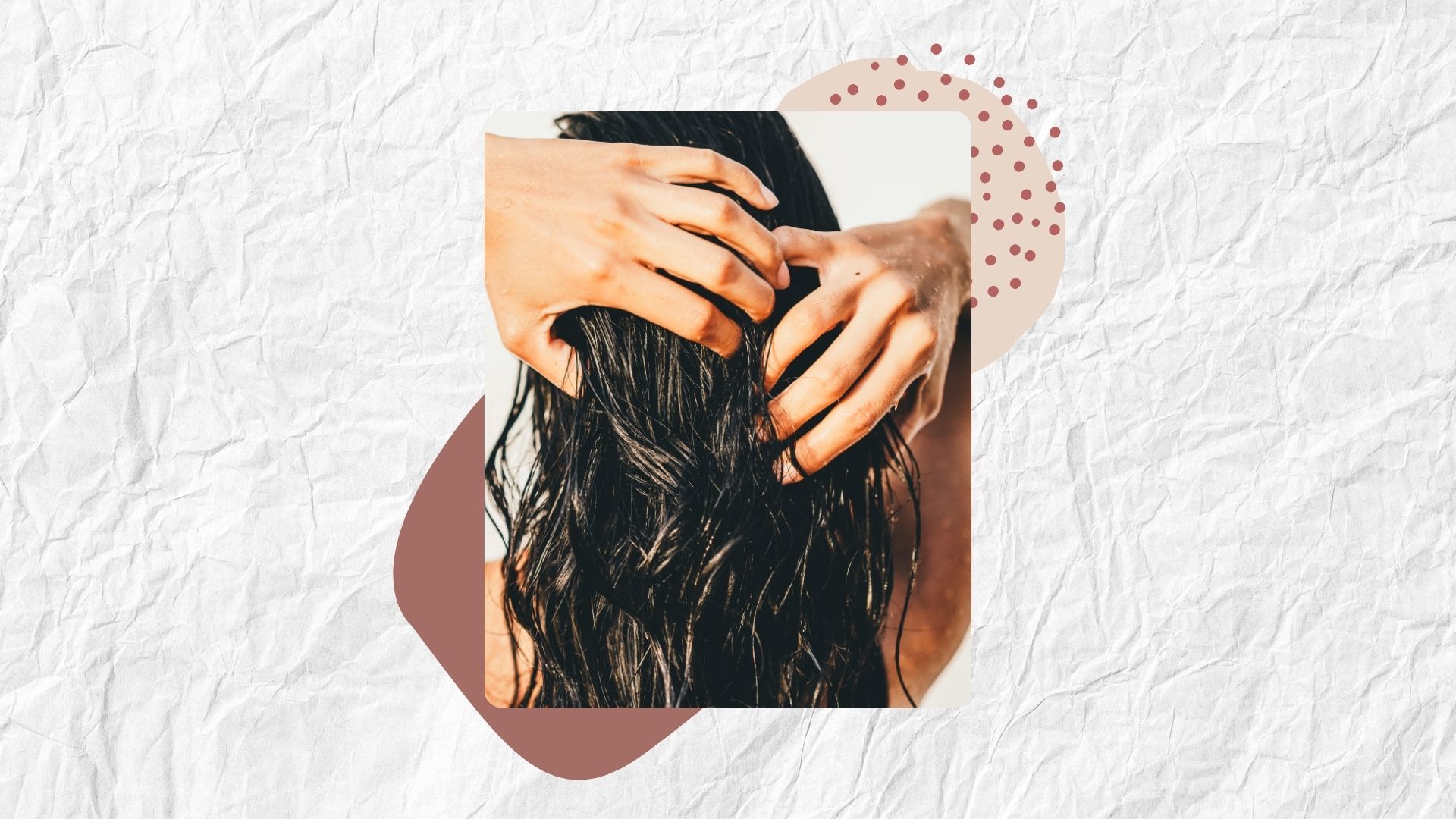






8 ways you’re damaging your hair — and how to fix it
It’s often the small, repeated habits — not a single dramatic incident — that gradually strip hair of strength and shine. Two hairdressers recently highlighted a mix of familiar and surprising saboteurs, from daily styling to the contents of your handbag. This guide explains eight common causes of damage and gives clear, practical steps to protect and restore hair, whether your priority is reducing breakage, preserving colour or improving texture.

Why everyday choices add up
Hair is resilient, but its structure — a protein cortex coated by the cuticle — responds cumulatively to heat, friction, chemical exposure and environmental stress. Each washing, styling session or mechanical tug nudges the cuticle open or chips away at moisture levels. Over months and years, damage moves from minor dullness to split ends, thinning and breakage. The good news: many of these factors are in your control and can be changed with small, consistent swaps.
8 common saboteurs — and how to counteract them
- Rough towel drying: Vigorously rubbing hair with a standard towel roughs the cuticle. Swap to a microfibre towel or an old cotton T‑shirt and blot instead of rub. For fragile hair, finish with a gentle pat and air-dry until slightly damp before styling.
- Overuse of high heat: Frequent flat‑ironing or blasting with a high-temperature dryer weakens keratin bonds. Lower the temperature (160–180°C max for fine hair; 180–200°C for coarse hair), use a thermal protectant and work in small sections. Reserve high heat for occasional touch‑ups.
- Too-tight styling and elastic wear: Tight ponytails and metal hairbands cause traction on the follicle and shaft. Choose snag-free elastics, silk scrunchies and looser styles. Alternate partings and avoid sleeping with tight styles.
- Ignoring product buildup: A heavy mix of silicones, oils and styling products can weigh hair down and mask damage. Clarify monthly with a gentle clarifying shampoo or apple‑cider rinse, then follow with a hydrating mask to rebalance moisture.
- Excessive washing or wrong frequency: Overwashing strips natural oils; underwashing can trap sweat and pollution. Tailor frequency to your scalp: most people benefit from washing every 2–3 days. Use a gentle, pH‑balanced cleanser and concentrate conditioner on the mid-lengths and ends.
- Neglecting trims: Split ends travel up the shaft, accelerating breakage. Regular trims every 8–12 weeks remove damaged ends and make hair look healthier while preserving overall length.
- Environmental and chemical stress: Chlorine, hard water, sun and frequent colouring all accumulate harm. Rinse hair after swimming, use UV‑protectant sprays on sunny days and opt for bond‑building colour techniques or lower‑ammonia formulas when possible.
- Your handbag or clothes snagging hair: Surprisingly, constant friction from bag straps, collars and rough fabrics can fray hair ends, especially mid‑lengths. Move straps regularly, choose smoother fabrics where hair rubs and tie long hair back or into a loose braid when commuting.
How to switch to gentler routines
Adopting healthier habits doesn’t mean eliminating styling or colour — it means layering protective steps. Begin by auditing your routine: note how often you apply heat, types of elastics you use and whether your cleanser suits your scalp. Introduce one change at a time so you can see its impact. Over a 12‑week cycle you’ll often notice reduced breakage, more consistent shine and easier manageability.
- Step 1: Replace rough towels with a microfibre or cotton T‑shirt; blot, don’t rub.
- Step 2: Reduce heat frequency to two or three times a week and always use a heat protectant.
- Step 3: Swap tight elastics for silk or spiral styles and alternate partings regularly.
- Step 4: Add a weekly deep conditioning mask and a monthly clarifying wash.
- Step 5: Schedule regular trims and protective colour appointments if you dye your hair.
Key Takeaways
- Small, repeated habits cause the majority of everyday hair damage.
- Mechanical friction (towels, bag straps, tight elastics) is a major, often overlooked factor.
- Lower heat settings and consistent use of thermal protectants preserve hair strength.
- Balance cleansing with conditioning—clarify occasionally, hydrate regularly.
- Visible improvement typically appears within 8–12 weeks of adopting gentler routines.
Frequently Asked Questions
Q: How quickly will I see improvement if I change my routine?
A: Most people notice less breakage and better shine within 6–12 weeks. Hair grows slowly, so ongoing adherence to protective habits is key to longer‑term changes.
Q: Can damaged hair fully recover?
A: Hair already broken or split won’t regenerate its original healthy end — the only true fix is a trim. However, you can restore surface health, strength and manageability with bond‑builders, conditioners and reducing future stress.
Q: Is it better to use oil or leave‑in conditioner?
A: Both have roles. Oils add surface shine and reduce friction, good for dry ends. Leave‑ins provide lightweight hydration and detangling—ideal for fine hair or daily protection. Use oils sparingly on fine hair to avoid weighing it down.
Q: Are silk pillowcases necessary?
A: Silk or satin pillowcases reduce friction overnight and can help fragile hair retain moisture and decrease split ends. They’re a low-effort, helpful swap, though not a standalone solution.
Q: How often should I clarify my hair?
A: Clarifying every 3–6 weeks suits most people. If you use heavy styling products or live with hard water, consider every 2–4 weeks. Always follow with a deep conditioning treatment.
Explore More: Discover related reads from Hairporium — News • Guides • DIYs • Expert Articles.
Learn More







